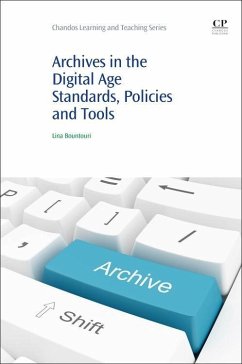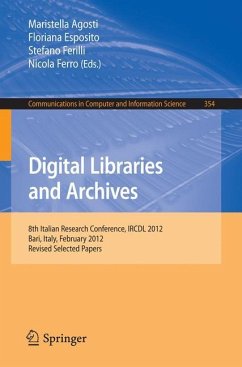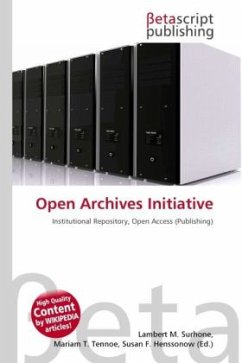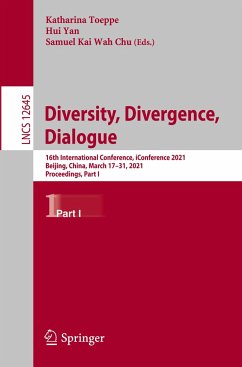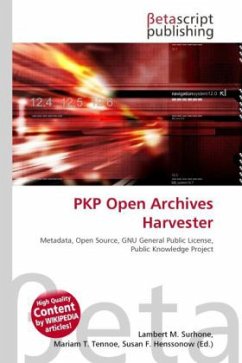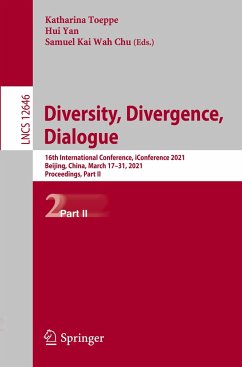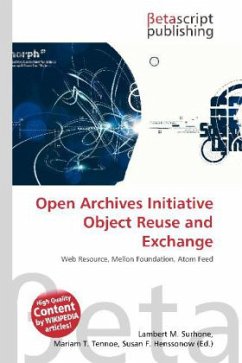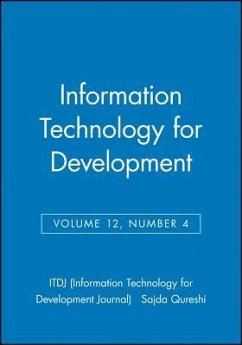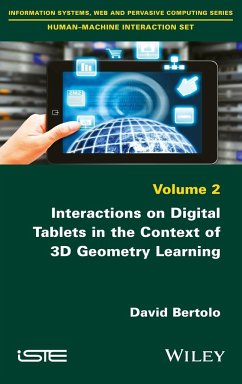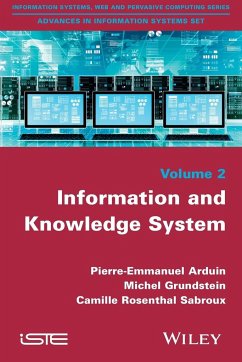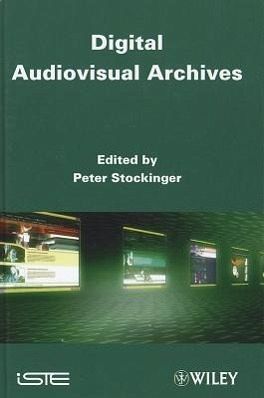
Digital Audiovisual Archives
Versandkostenfrei!
Versandfertig in über 4 Wochen
165,99 €
inkl. MwSt.
Weitere Ausgaben:

PAYBACK Punkte
83 °P sammeln!
Today, huge quantities of digital audiovisual resources are already available - everywhere and at any time - through Web portals, online archives and libraries, and video blogs. One central question with respect to this huge amount of audiovisual data is how they can be used in specific (social, pedagogical, etc.) contexts and what are their potential interest for target groups (communities, professionals, students, researchers, etc.). This book examines the question of the (creative) exploitation of digital audiovisual archives from a theoretical, methodological, technical and practical point...
Today, huge quantities of digital audiovisual resources are already available - everywhere and at any time - through Web portals, online archives and libraries, and video blogs. One central question with respect to this huge amount of audiovisual data is how they can be used in specific (social, pedagogical, etc.) contexts and what are their potential interest for target groups (communities, professionals, students, researchers, etc.). This book examines the question of the (creative) exploitation of digital audiovisual archives from a theoretical, methodological, technical and practical point of view, especially in three main directions of work: * The repurposing and republishing of existing audiovisual data. * The building of community-centric audiovisual archives. * The use of digital social media and Web 2 technology for the diffusion and sharing of audiovisual content. This book presents a series of concrete examples of creative uses of digital audiovisual corpora for education, research and cultural heritage preservation and valorization.




